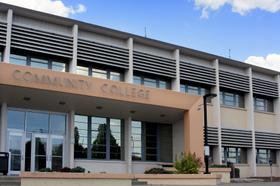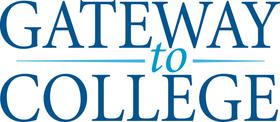If you’re worried about the economy and job market when considering your future career plans, don’t fear! There are a variety of career options that are expected to be steady amidst a dwindling economy.
According to the United States Bureau of Labor Statistics and Kiplinger, the field with the greatest job security in tough economic times is the health care industry. As the country’s aging residents are fueling a need for greater health care services, experts anticipate a rising demand for care occupations. To pursue an economically “safe” pathway, choose from one of the three popular recession proof health care programs at your local community college: geriatric care, hospice support, and physician assistant programs.
Recession Proof Health Care Careers
Geriatric Care
As our steadily aging population maintains a rising life expectancy, students can be assured that a career in geriatrics will be not only be important, but also very stable. While a rising number of community colleges are creating programs to specifically train individuals for elderly care, most currently enrolled students can pursue a specialization in geriatrics as they complete their nursing certification program.
For example, students attending Nunez Community College (NCC), located in Chalmette, Louisiana, can enroll in courses that offer training, education, and hands on experience with elderly patients. As NCC states, students will learn about ethical and legal aspects of elderly care, and participants will also study the “Theories and concepts of aging, the physiologic and psychosocial changes and






















